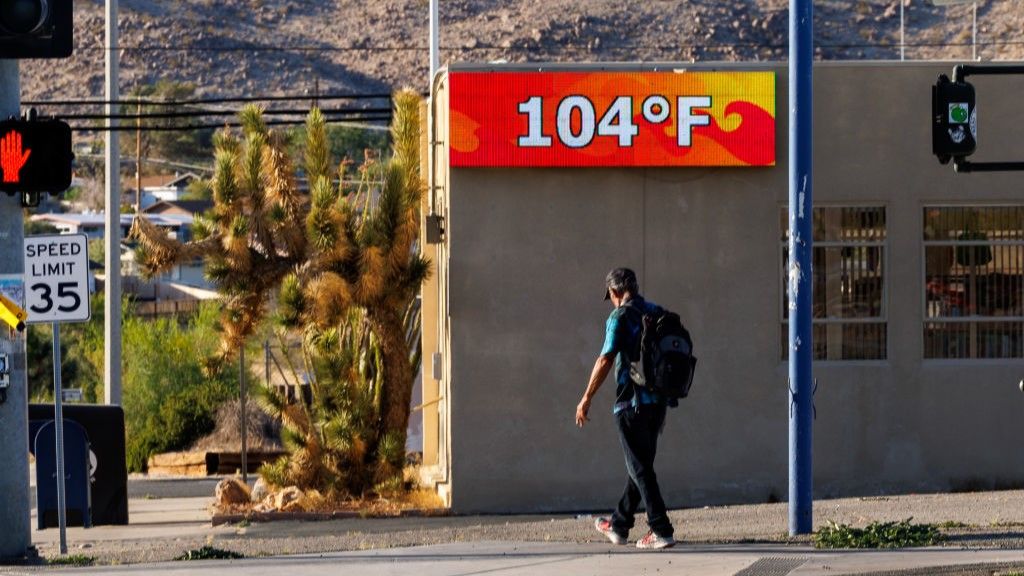Millions of people will likely experience record high temperatures in the coming days and weeks as a heat wave takes hold of the U.S. West Coast.
An estimated 36 million people — roughly 10% of the U.S. population — will be affected in California, Arizona, Oregon, Washington and Nevada, Reuters reported on Sunday (July 7).
The scorching temperatures are being driven by a heat dome. A heat dome is created when warm air becomes trapped beneath a stagnant patch of high-pressure air in the atmosphere — similar to water vapor trapped by a lid on a pot — according to the Royal Meteorological Society. Heat domes can block weather from passing through, causing extreme heat conditions.
“A deep and well entrenched upper-level [atmospheric pressure] ridge stationed over the West will support the continuation of an extreme heat wave across the region early this week,” National Weather Service (NWS) representatives wrote in a statement on Monday (July 8). “Temperature records will likely be tied or broken over the next couple of days as a result of this unusual heat.”
Related: Is Earth really getting too hot for people to survive?
Temperatures averaging between 95 and 115 degrees Fahrenheit (35 to 46 degrees Celsius) are likely to hit California and Oregon first, before striking Washington state, the Great Basin and Arizona later this week, according to the statement. The record-high temperatures are just one example of regional heat waves that have grown more frequent, hotter and longer in duration due to human-induced climate change.
The stifling heat dome is producing temperatures 15 to 30 F (8 to 17 C) above normal for this time of year, according to the statement. In Redding, California, temperatures are running 20 F (11 C) above average. On Saturday (July 6), the city recorded all-time-high temperatures of 119 F (48 C), NWS meteorologist Bryan Jackson told Reuters.
Updated Key Messages for the ongoing, record-setting heat wave over the West. pic.twitter.com/4gWBJH3S6TJuly 7, 2024
Death Valley National Park could see temperatures soaring up to 130 F (54 C) through Friday. The park, which sits on the border between California and Nevada, already experienced blistering heat this weekend, with temperatures reaching 128 F (53 C), breaking a 17-year record, Reuters reported.
“We’re expecting it [the heat] to merely drift east through the early part of next week and basically persist through the week, so we’ve got a real expansive and extreme heat wave ongoing,” Jackson told the news agency.
Another 37 million people across the West Coast are either under heat advisories, meaning they are likely to be affected by extreme heat within the next few hours, or under heat watches, which are issued when a heat event is likely in the next 24 to 72 hours, Reuters reported.

















.png)


Discussion about this post